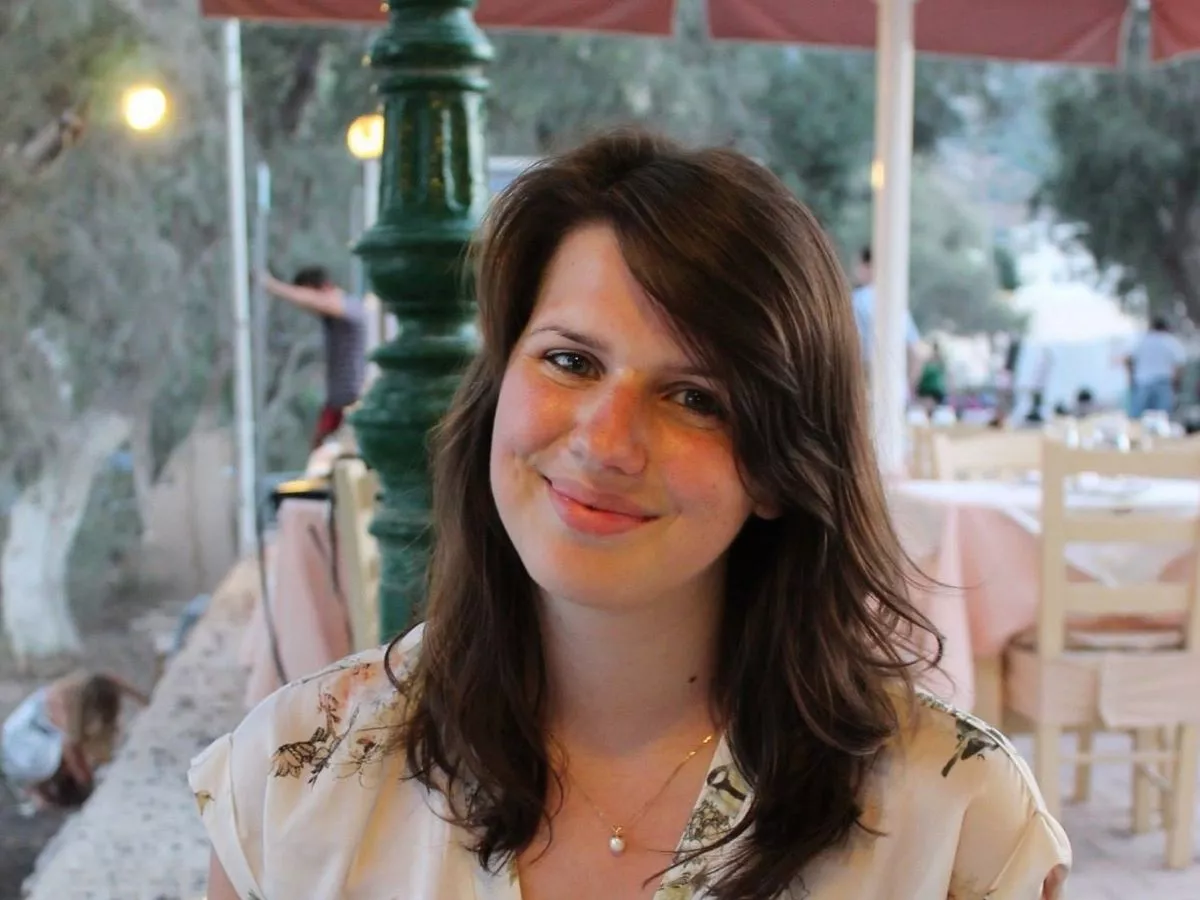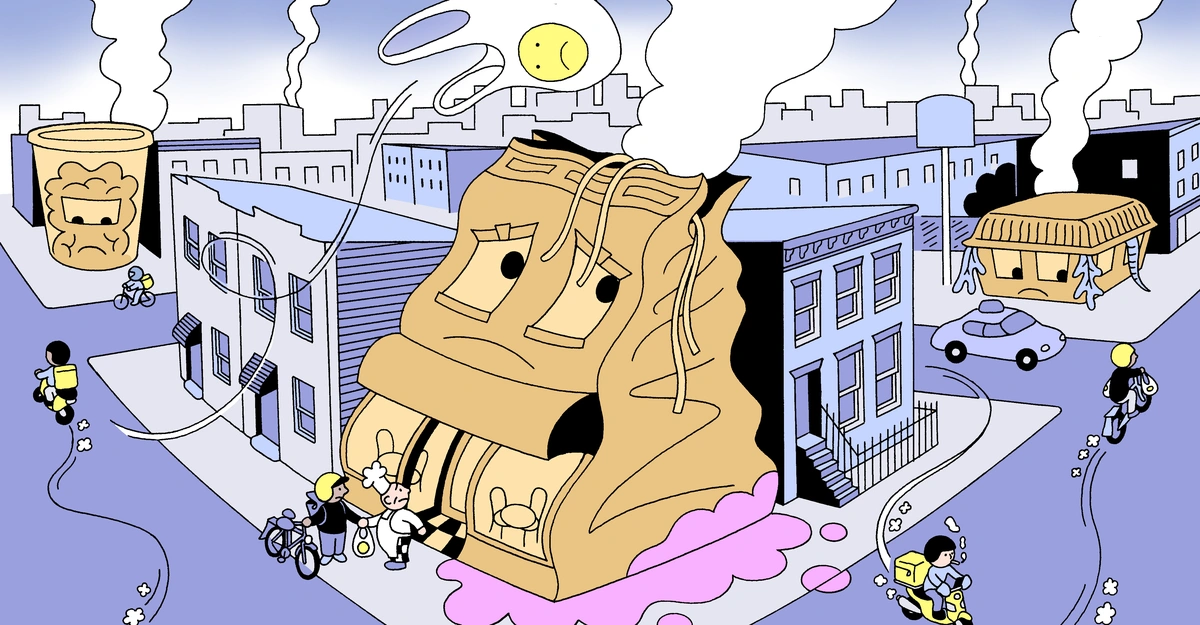Copyright manchestereveningnews

‘I really want to do this. I want to be a warrior , why would my body do this?’ says labouring mother, Jennifer Cahill. Moments later, baby Agnes Cahill is brought into the world. But something’s not right inside this family home in Prestwich . Agnes isn’t breathing. The umbilical cord is wrapped around her neck. The candlelit scene descends into chaos in the early hours of June 2, 2024 . Midwives ‘in a blind panic’ scramble for resuscitation equipment that ‘wasn’t fit for purpose’ – the oxygen mask meant to help Agnes breathe had split. A frantic call goes out to 999. Paramedics arrive at a nightmare, plunging the room into electric light to find a ‘delicate’ baby in awful condition, clinging onto life after one midwife manages to get Agnes’ first breath. The newborn is rushed to North Manchester General hospital. Vital information about the baby’s heart rate had been being taken down on spare incontinence pads, only recorded sporadically, and lost in the turmoil. Those numbers should have been taken every five minutes, indicating that the baby had been in distress inside the womb for around an hour, as Agnes struggled against the cord around her neck. But they weren’t. Join the Manchester Evening News WhatsApp group HERE Already unimaginable, things only grow worse. Confused communication, a 40-minute delay in administering medication that would have prevented bleeding, no clear plan. In the pandemonium, no one notices that Jen has a perineal tear. She haemorrhages twice before collapsing. Only then is that vital medication to stem excessive blood loss given. Paramedics have to negotiate getting Jen from the opposite side of the room to the front door, over the birthing pool, and out of the house in a wheelchair. Finally, Jen is rushed to the same hospital and she goes into cardiac arrest. On June 4, 2024, a day after the birth, Jen died from multi-organ failure following a postpartum haemorrhage. Four days after the birth, Agnes died too, from multi-organ failure following hypoxia. Today (October 27, 2025) Coroner Joanne Kearsley determined that it was never supposed to be like this and could have been avoided. But both the mother and baby’s deaths were contributed to by 'neglect', ‘catastrophic error’ and ‘gross failures to provide basic care’ . ‘Gross failures’ to provide a mother with the right information to make an informed choice about where to give birth – after she was left so worried by her previously traumatic birth experiences that she desperately wanted better. The ‘catastrophic error’ of a ‘perfunctory’ maternity care system that provided help ‘based on assumption’ and failed to ask ‘any questions’. And the ‘lack of basic care’ from a community midwifery service without the organisation, experience and equipment to deal with such a grave emergency. All of that was revealed in a two-week inquest at Rochdale Coroners Court, after hearing days of evidence from the family, doctors, midwives and Manchester’s maternity care bosses . Jennifer Cahill, known by her loved ones as Jen, was determined to have more control over how she gave birth to her second child. During her first birth, she had suffered postpartum haemorrhage and lost 800ml of blood, requiring a blood transfusion. Jen had an episiotomy and tear, and was also a carrier of group B strep. It can spread to babies during delivery and cause problems like meningitis. Her first child went on to develop sepsis after being born, recovering later. Jen had been ‘traumatised’, said husband Rob Cahill in court, and she thought she could create a more therapeutic environment with more dedicated support from midwives at home. But all of these previous complications stood in the way of that decision. They meant Jen was identified as being at high risk of serious problems again. She was sent to discuss her pregnancy with a consultant, and advised to have a hospital birth with specific medications to prevent excessive bleeding. But the court heard how Jen later began exploring a home birth for her second child, which she shared with a community midwife as her pregnancy progressed. NHS midwives and doctors who looked after Jen say they raised multiple times the serious delivery problems the mother was at risk of given her history. They also say they told her how those risks would be compounded by choosing a home birth – typically only suitable for low-risk cases. But even then, cracks in the maternity care system were beginning to show. A community midwife who saw Jen the most during her second pregnancy, Caroline Nixon, admitted in court “an ‘out of guidance’ referral should have been made to a senior midwife”. This would have kickstarted an out of guidance plan, the court heard – an extensive investigation which would have identified and highlighted the potential dangers posed by Jen having a home birth. The plan would also have properly questioned the reasons Jen wanted a home birth, making it possible for midwives and doctors to understand her anxieties. Crucially, they would be able to offer her more options. The medical professionals could have given Jen the opportunity to give birth in a different hospital to the one where she’d had bad experiences, ensured the continuity of care of specific midwives during her labour, or allowed her to choose a birth centre over delivery at home. But Jen never got the chance. The coroner called it a ‘catastrophic error and gross failure to provide basic medical care’ that the ‘most important document’ - an out of guidance birth plan - was never completed after Jen chose to have a home birth. Ms Nixon did refer Jen back to hospital for another consultant appointment to discuss the decision. A doctor again advised her against a home birth. But from then on, the doctor only explained to Jen how there would only be limited medication available to her in a home birth, and about plans needing to be put in place should she need to be rushed to the hospital in an emergency. Doctors and midwives spoke repeatedly about how they have to ‘respect a woman’s choice’ and, in areas where home birth services are available, cannot overturn her decision. Dr Azal El-Adwan says she believed Jen understood the risks involved, having advised against home birth and appraised of the possible complications by a number of NHS staff. The plan for a home birth was allowed to progress. What doctors and midwives didn’t know was that Jen had taken to social media to find other people like her, and to look for advice. Jen joined a private Facebook group for home births. The group was led by doulas, who are unregulated non-medical professionals often hired to holistically support women during births – alongside midwives and doctors. In the UK, it is illegal for doulas to provide any medical care or provide medical advice. The group was named as Home Birth Support Group UK which described itself as 'without a doubt the most comprehensive, supportive home birth and birthing resource on the internet.' A section of the ‘about’ page of the Facebook group, which had almost 18,000 members, read: "We are UK based, all our members have an interest in or are planning a home birth. No medical advice is given." The court was told that Jen had posted at least once in the private group and received a lot of comments back – including some providing advice, according to a Greater Manchester Police detective inspector. Multiple witnesses told the court how Jen was a diligent and organised woman. She had ‘done her own research’, reading and listening widely. That’s how Jen came to present a birth plan to midwives on the night of Agnes’ delivery which one described as ‘the most intense’ she’d ever seen. After Jen and Agnes’ deaths, as police enquiries continue into the Facebook page – that forum, with all of its thousands of followers, appears to have been taken down and has disappeared from the social media platform. The coroner concluded that Jen’s home birth plan was still flexible enough that she would consider going to hospital if needed, evidenced by Jen bringing a maternity bag when she was out in case she went into labour. There was ‘no suggestion that she was reckless’, said Ms Kearsley. But when labour finally arrived, Jen was at home as she intended. Midwives in Manchester have long raised fears about the state of the services they work in – and those who cared for Jen appeared to be no exception. The midwives involved in the case gave evidence that they had become more anxious about an increasing trend of higher risk ladies having home births, which had been 'raised verbally to senior leaders' as ‘the trust wouldn't say no to any lady wanting a home birth’, heard the court. “All community midwives were concerned about high risk ladies having home births. That’s not what we were trained for. We were trained to look after low risk ladies in home births,” Ms Nixon said. Andrea Walmsley and Julie Turner, the two midwives who attended the birth of Agnes, walked into the Prestwich home having never come across Jen’s medical history before – nor were aware of the risk of complications to their patients. The two midwives had both done 12-hour shifts before the home birth. Both had infrequent experience of home births, as they make up such a small percentage of births in general. Ms Walmsley told of how on-call community midwifery teams, which deal with out-of-hours home births, have thin staffing with ‘no backup’ and limited resources. A long and difficult labour began, with Jen having little pain relief for several hours as gas and air canisters were leaking and ineffective. Replacements eventually arrived, but she continued to struggle with the exhaustion of contractions and pushing. Essential measurements – including the baby’s heart rate and the mother’s blood pressure – had been written down on spare incontinence pads. They had also largely not been taken as they should have been, every five minutes, over the final three hours of the frantic labour. Both on-call midwives told of how the midwifery service was grappling with a new electronic record system which replaced paperwork for the hospital trust, named HIVE, saying it made them ‘nervous’ about being on-call. But neither used paper copies of heart rate charts available to them in their home birth kit bags. The home birth scene descended into ‘absolute chaos’ at around 6.30am when Agnes was finally born not breathing, covered in meconium, and with the umbilical cord around her neck, said one of the midwives. The midwives tried to use resuscitation equipment. But the equipment was ‘not really fit for purpose’, claimed Ms Walmsley, with the breathing mask split open. The equipment had not been opened and examined by the midwives before the emergency. Rob made the call to 999 at around 6.45am on June 3. Little Agnes was taken to North Manchester General Hospital for emergency care. Soon after, Jen suffered a postpartum haemorrhage, with experts estimating the new mum lost up to two litres of blood. The coroner determined that had the heart rate measurements been done appropriately, midwives would have realised that Agnes was struggling for air as the cord was wrapped around her neck for around an hour before the devastating birth. The coroner also found gross failings in the absence of checks done on Jen after she gave birth. A perineal tear went unnoticed and therefore untreated, contributing to her postpartum haemorrhage. Agnes was later transferred to the Royal Oldham Hospital, where neonatal intensive care specialists cared for her in the days before her death. Consultant neonatologist Dr Fazal Rehman gave evidence about her transfer. He told of how Agnes had suffered a ‘severe hypoxic insult’, with the baby thought to be struggling for oxygen for at least an hour while still inside the womb as the umbilical cord was wrapped around her neck. The hypoxia, where the body is deprived of oxygen, also likely gave Agnes significant brain damage before her death. Agnes’ dad and Jen’s husband, Rob, shared how Dr Rehman and Royal Oldham staff ‘were really kind and looked after us really well’ in the hours and days before the second of the two fatalities. The courtroom brimmed with emotion as Dr Rehman responded with memories of his career, which began in Pakistan before he moved to the UK. He said. “This is one of the most tragic incidents in my 40 years [in medicine]. “I’ve dealt with earthquakes, where families have lost so many people. But this incident always hurts me because of how we lost everything within hours.” The deaths of Jen and Agnes have prompted ‘a huge overhaul’ of maternity services in the city, added the coroner. Change that, devastatingly, wouldn’t have happened otherwise, said the coroner. The court was told how there have been 74 home birth requests in Manchester since April. Some 34 were considered ‘out of guidance’ – where the birth plan differs from standard healthcare recommendations and guidelines. Maternity services in the borough declined to support five of the requests because of safety risks. More than half of the 29 home birth requests that did go ahead resulted in ‘obstetric emergencies of varying degrees’, with 15 cases leading to patients being rushed to hospital. Kimberley Salmon-Jamieson, Deputy Chief Executive and Chief Nursing Officer for Manchester University NHS Foundation Trust, said in response to the inquest findings: “I would like to once again offer our deepest condolences to the family and friends of Mrs Cahill and Agnes. We have been in regular contact with Mr Cahill following this tragic incident, including sharing the findings of both the internal and external safety investigations. "The Trust accepted at an early stage that there were serious failures in the care provided to Mrs Cahill and Agnes for which we are truly sorry. "We are committed to learning from incidents to continually make our services safer. Our homebirth service has been remodelled. The new service has been shaped by both our own safety investigations and those of the Maternity and Newborn Safety Investigations team, who carried out an independent review. "We will also study the coroner’s conclusion very carefully to see if there are any further actions which we should be taking.” But a ‘national awakening doesn’t appear to have happened’ about the risks posed by home births in a maternity care system that has spent years being understaffed and underfunded. National data about the safety, complications and outcomes surrounding home births is so lacking that ‘women cannot make an informed choice’, said Professor Edward Johnstone, the clinical head of division for maternity services, and Esme Polshaw, the head of midwifery, at Manchester University NHS Foundation Trust, which provided Jen’s care. “The evidence available is quite out of date. And it is very difficult as a lay person to find that information and make that judgement,” said Prof Johnstone. In fact, some areas should not be offering home birth services at all, said the professor as he questioned how poorer areas would be able to afford to safely staff a niche service – particularly in locations that are more rural and further away from hospitals. Both Agnes' and Jen's death were found to have been contributed to by neglect, and they would not have died if the gross failings had not happened. Coroner Joanne Kearsley called the deaths a 'Victorian-aged nightmare' played out in the modern day, and was left tearful by 'deep concerns' that the Cahill family might not be the last to know the pain of these exact mistakes. Women have incomplete information about their own risks nor an accurate picture of how stretched maternity services are, and how that might affect their deliveries, said Ms Kearsley during her conclusion. "One wonders how women can possible make informed decisions," said the coroner. Jen's family said they had been 'devastated to learn, in detail, all the times in which the MFT failed in their care for Jen and Agnes'. They said they hope the coroner's findings and recommendations 'result in positive and sustainable changes in the approach to management of home births across the National Health Service'. But they remain 'deeply saddened' it took the tragedy for them to be implemented. Jen, her family added, was 'a wonderful person' who would have been 'exceptional as Agnes' mummy'. “Jen was not properly counselled or observed,” said Jen’s mother, Cecily Howick. “She and Agnes died because of a lack of basic care within a system which was not optimally set up to deal with obstetric emergency in the home. "We hope these findings lead to meaningful and lasting national change. Home birth services can only be delivered safely if they are resourced and managed correctly. "Jen was an outstanding young woman and we will never know what Agnes could have gone on to achieve."



